In developing countries like Nepal, where resources are generally limited and healthcare disparities are visible, it is of the utmost necessity to allocate scarce expenditures into health infrastructure. This takes on a greater level of importance. It is necessary to find a balance between efficiency and equity in the investments that are made to produce improvements in healthcare that are both significant and long-lasting.
The purpose of this article is to draw attention to the fact that it is vitally necessary for developing countries such as Nepal to monitor the efficiency and equity of the money they spend on health facilities.
The Nepal Health Infrastructure Development Standards (NHIDS) provide the federal ministry of health and population with direction for how to plan, invest, and provide support for the implementation of health infrastructure at all levels of government. In accordance with the concept of universal health coverage, NHIDS categorizes and determines the appropriate numbers and kinds of health facilities based on population size, geographic location, and available resources. The categorization of the healthcare facilities was completed in 2017. It depicts the various levels of healthcare facilities that fall under the jurisdiction of the three tiers of government to serve the target population across the country. Community health units, also known as basic health units, are the facilities that are on the most fundamental level. Tertiary and super-specialty hospitals and federal academic hospitals, on the other hand, represent the pinnacle of health care facilities.
Taking into consideration the principle of categorization of health facilities in accordance with the point of actions as laid out on NHIDS and the government of Nepal’s policy and program for the fiscal year 2077/078 BS, the Ministry of Health and Population (MoHP) initiated the process of sanctioning the budget for the local levels for the establishment and upgrading of existing health facilities to the basic or primary level hospital, with the number of beds ranging from 5 to 15, depending on the population and geography, but offering the same health services. This provides additional value for assisting and equipping local levels to provide fundamental health services in accordance with the Public Health Service Act (2019). For ensuring that all citizens’ medical requirements are met, the Public Health Service Act recommended that “basic health service” be defined as “the promotional, retributive, diagnostic, remedial, and rehabilitative service easily and freely available from the state.”
Up to this point in time, a total of 655 local levels have been conditionally granted to receive funding for the construction of a basic hospital (396 local levels on November 11, 2020 and in the first list and 259 local levels on January 6, 2021 in the second list). Out of this, 417 local levels will have 15 beds, 83 local levels will have 5 beds and 155 local levels will have 10 beds hospitals. The hospitals with 5 beds, 10 beds and 15 beds are estimated to have infrastructure costs of Rs 71.20 million, Rs 108.34 million and Rs 180.68 million respectively. As a result, it has been estimated that roughly 97,787.32 million Nepali rupees will be invested with the purpose of establishing and expanding the basic/primary healthcare facility. In the context of developing countries like Nepal, the amount of investment that is anticipated to be made is extremely high. It has been noticed that around thirty percent of the projects that have been planned are currently under construction, while the remainder of the projects are in the planning, designing and approval phase.
As equity-focused initiatives help reduce the gap between urban and rural areas in countries like Nepal, where difficulties related to geography and infrastructure frequently limit access to healthcare, this disparity is planned to be closed more quickly with the committed investment to serve the disadvantaged individual and communities in a fair way. Basic services through basic hospitals constructed through these investments aim to lessen the impact of diseases that disproportionately strike specific populations by investing in equitable healthcare infrastructure.
For this reason, for instance, it is possible to confess that the projected investment demonstrated the essential and benchmark action of the government towards the equitable investment of the considerable capital sum of money on the establishment and upgrading of the basic hospital in the federal dispensation.
Justifying an equal investment in the health infrastructure in terms of efficiency presents several obstacles, all of which we ought to be aware of and get ready for. Measuring the success of basic public works projects using effectiveness criteria can be challenging. However, some of the most common indicators that we can define and assess include return on investment, resource utilization rates, patient satisfaction ratings, and patient wait times, among other things. These are all clear signs of the efficiency with which financial resources are being used. In a similar vein, measures of whether investments are being made fairly include universal access to healthcare, availability of vital services, disease prevalence rates, and population representation.
Investing in the healthcare system is not only about establishing new facilities just by erecting new buildings. It is about generating a better future for the country.
Therefore, it is high time for the beginning of the process of developing the appropriate tool guideline or framework as required to measure the effectiveness of the investment once the basic hospital is fully operational at local levels. The evaluation of efficiency carries with it several distinct benefits. In the first place, it paves the way for better decisions to be made through the utilization of data when policymakers can see the big picture through the measurement of both efficiency and equity. Second, it encourages the transparent allocation of funds based on measurable criteria, which in turn helps to create public trust and guarantees the equitable distribution of whatever resources are available. Third, investments in healthcare infrastructure that can be maintained over time are required for a system of healthcare that is of enough resilience. This ultimately paves the way for future upgrading and bed extension related projects.
Investing in Nepal’s healthcare system is not only about establishing new facilities just by erecting new buildings. It is about generating a better future for the country. It is not an added chore but rather an essential component of every successful plan to measure things like efficacy and fairness. This brings an end to the cycle of insufficient healthcare and gives their people hope for the future by increasing efficiency and expanding access to health care. The effective and fair distribution of limited resources is the only way to ensure a better and more equitable future for all people. This is where our best hope lies.
The original article has been published on Nepal Live Today.

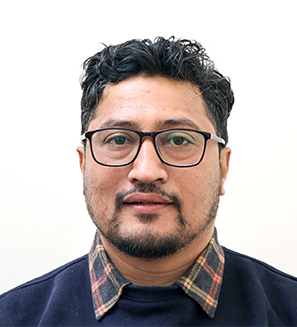

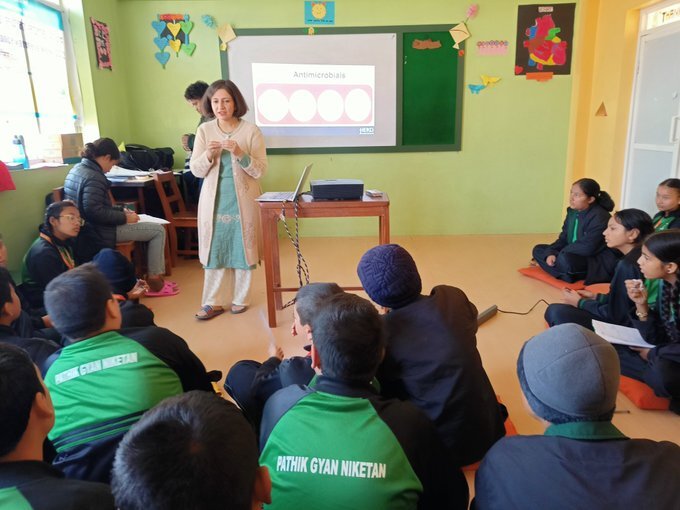

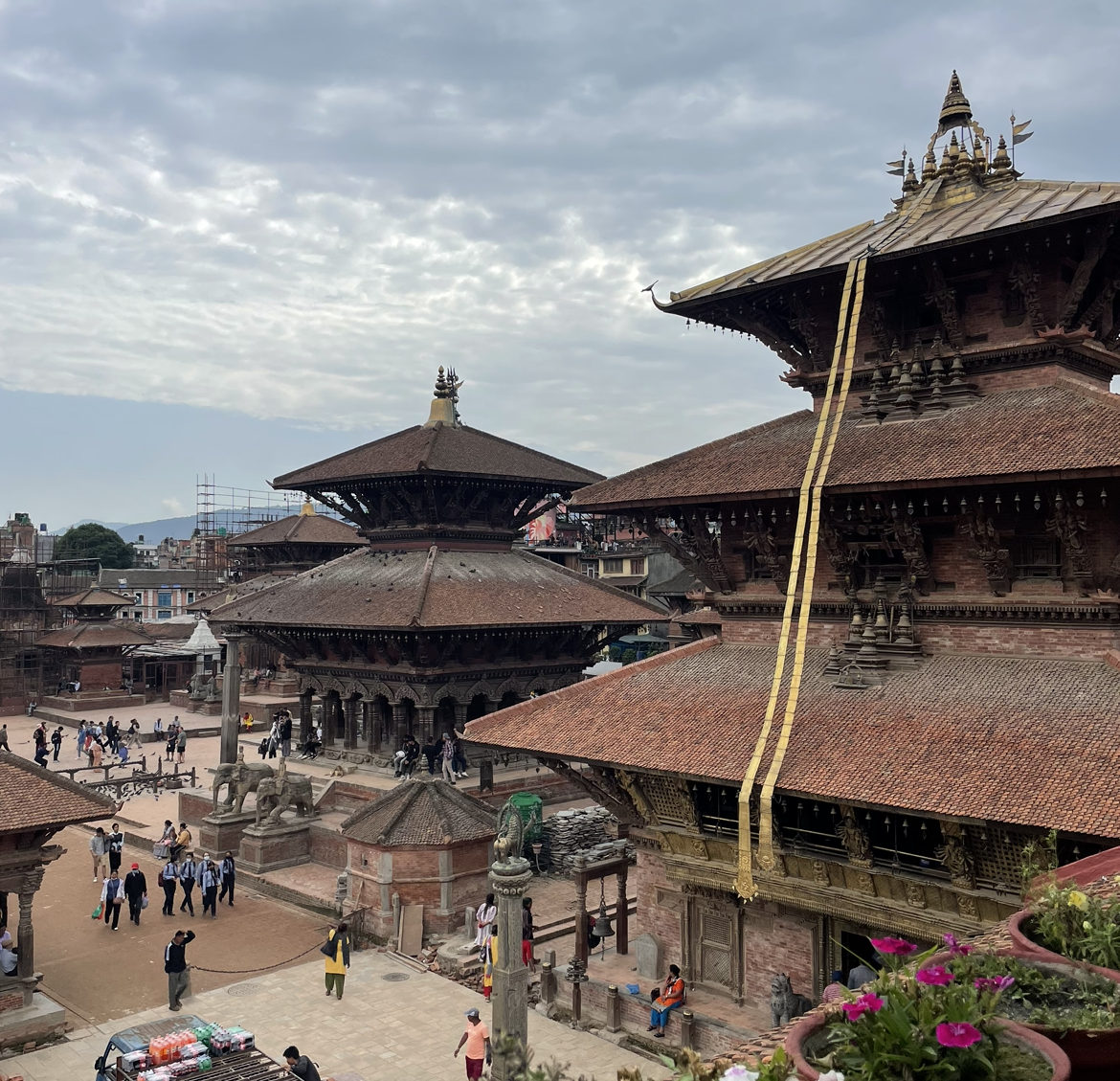

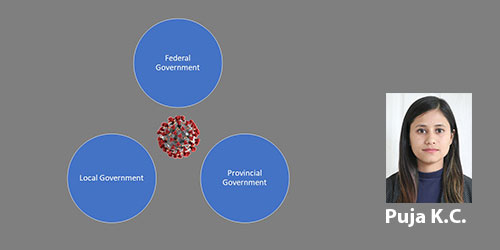
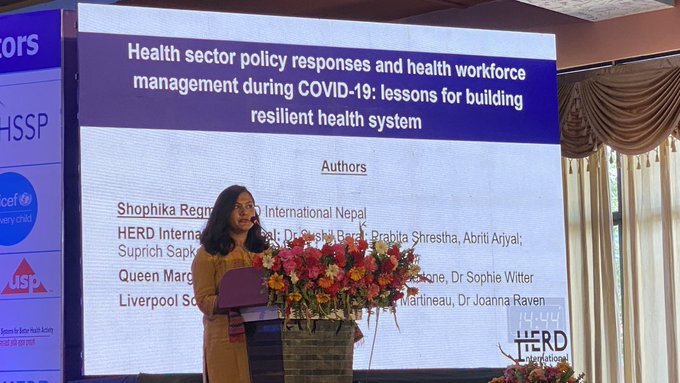

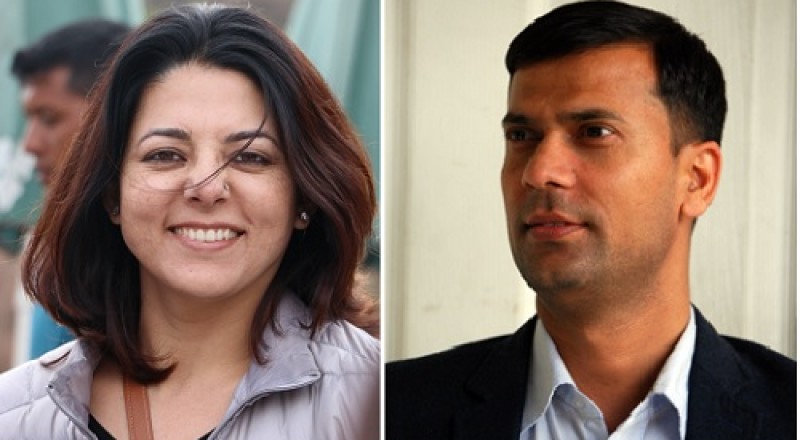
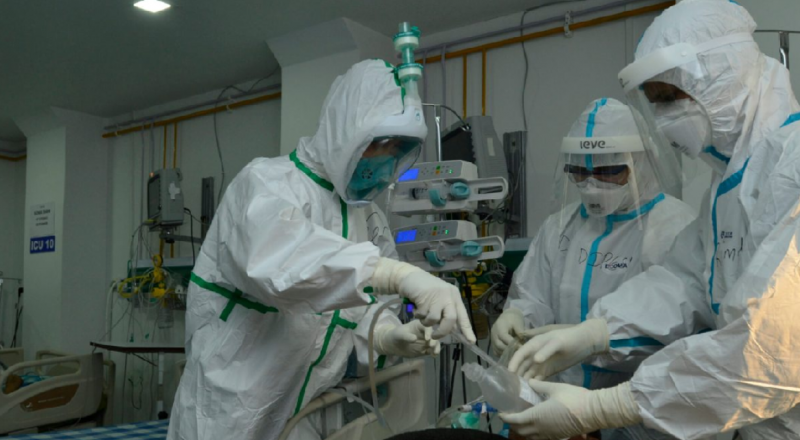
Comments (0)
No comments found.